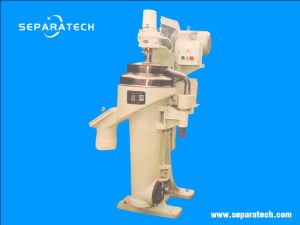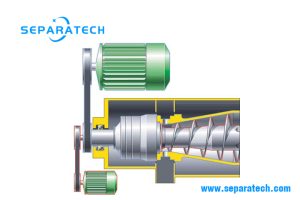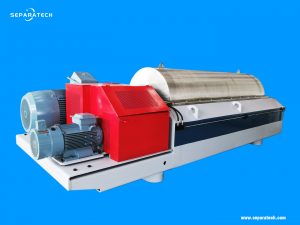Why do spin test need?
Under some working conditions, since the physical and chemical properties of the raw materials to be separated are still uncertain, especially the performance of each component in the material under centrifugal force is not clear, in order to verify the feasibility of centrifugal separation, it is often carried out the spin test in the laboratory, to perform relevant verification analysis. The experimental results are combined with relevant centrifuge experience to speculate on the feasibility and expected effects of industrial centrifuges, providing investors with reliable technical advice. This is exactly what spin test is all about.
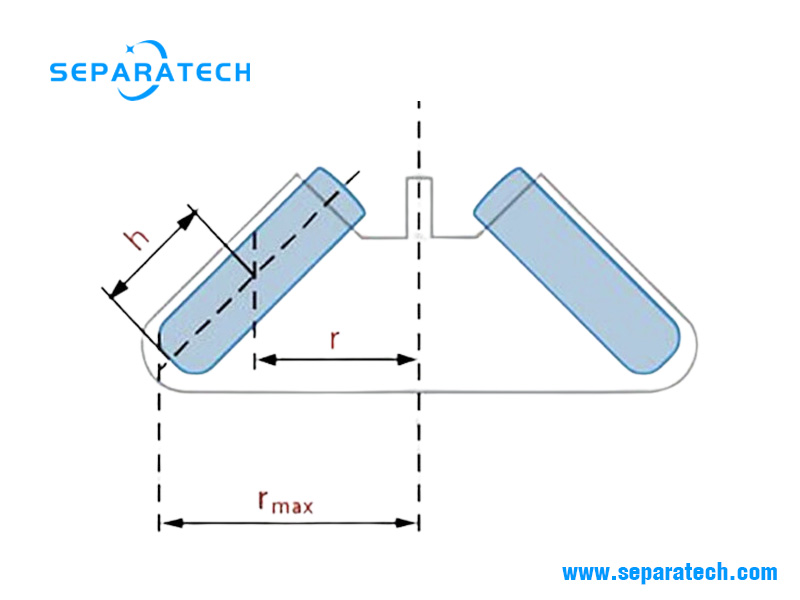
What is a spin test?
A spin test is a method used in the laboratory to evaluate the separation performance of centrifugal separators. Generally, a bench-top centrifuge spins test tubes filled with sample process fluids, to gathering data under different centrifugal force, time, temperature, etc. This data is important for predictive analysis of separator size and performance.
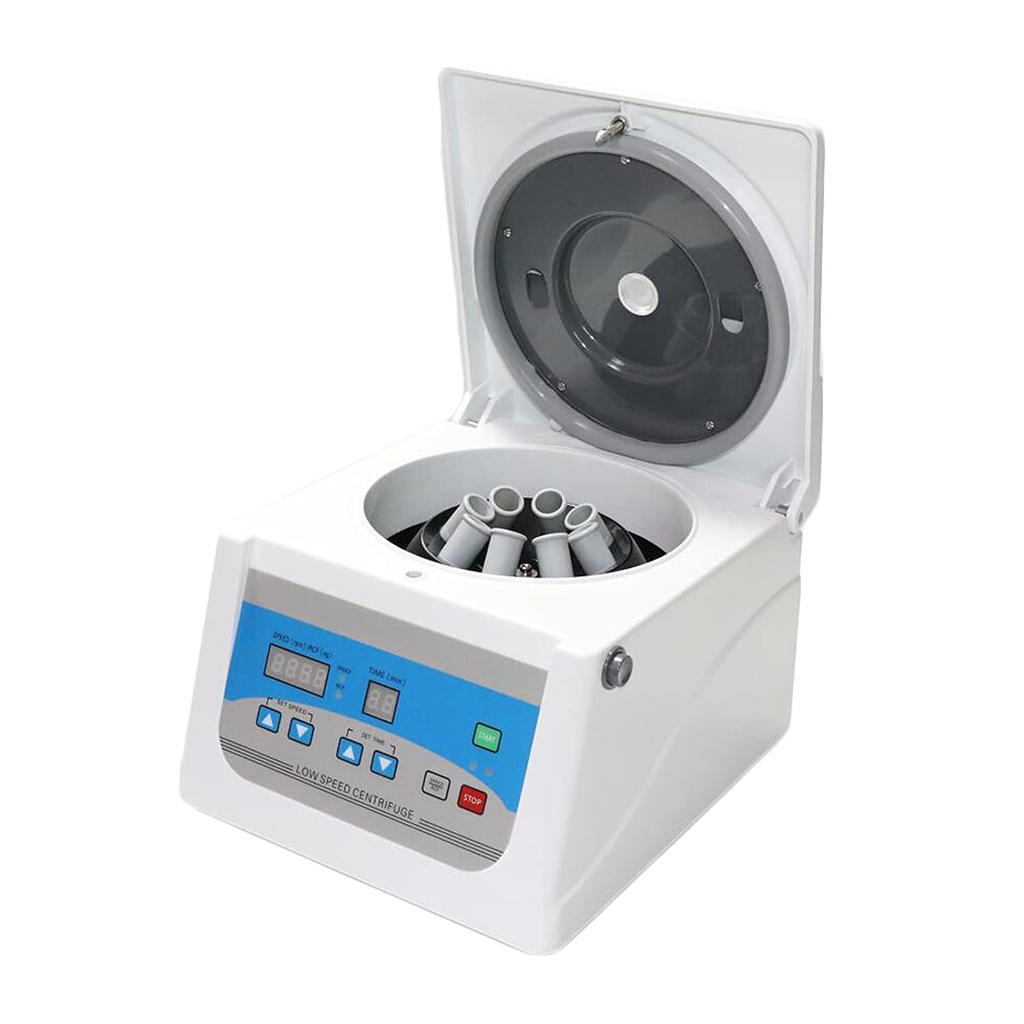
How to perform a test?

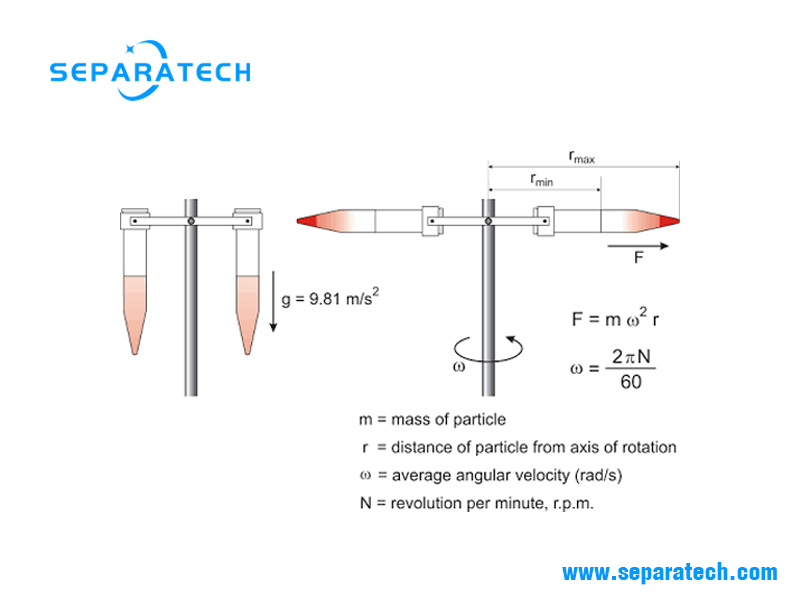
Sample Preparation: Before conducting the spin test, a sample of the material to be separated is prepared. This could be a mixture of liquids or a mixture of liquid and solid particles.
Centrifuge Setup: The prepared sample is then loaded into the bench-top centrifuge. The centrifuge is a machine that uses centrifugal force to separate substances with different densities. It spins rapidly, causing heavier particles to move outward and lighter particles to move inward.
Spin Test Execution: Once the sample is loaded, the centrifuge is set to spin at a certain speed and for a specified duration. During this spinning process, the centrifugal force acts on the sample, causing the heavier components to separate from the lighter ones.
Observation and Analysis: After the spin test is complete, the separated components are observed and analyzed. This may involve visually inspecting the separation efficiency, measuring the concentration of specific substances in each fraction, or performing other analytical tests to assess the performance of the centrifuge.
Data Collection: Data collected during the spin test, such as separation efficiency, particle size distribution, and other relevant parameters, are recorded for further analysis and comparison.
Overall, a spin test is a valuable tool in evaluating the performance of centrifugal separators, providing insights into their effectiveness in separating different components within a mixture.
